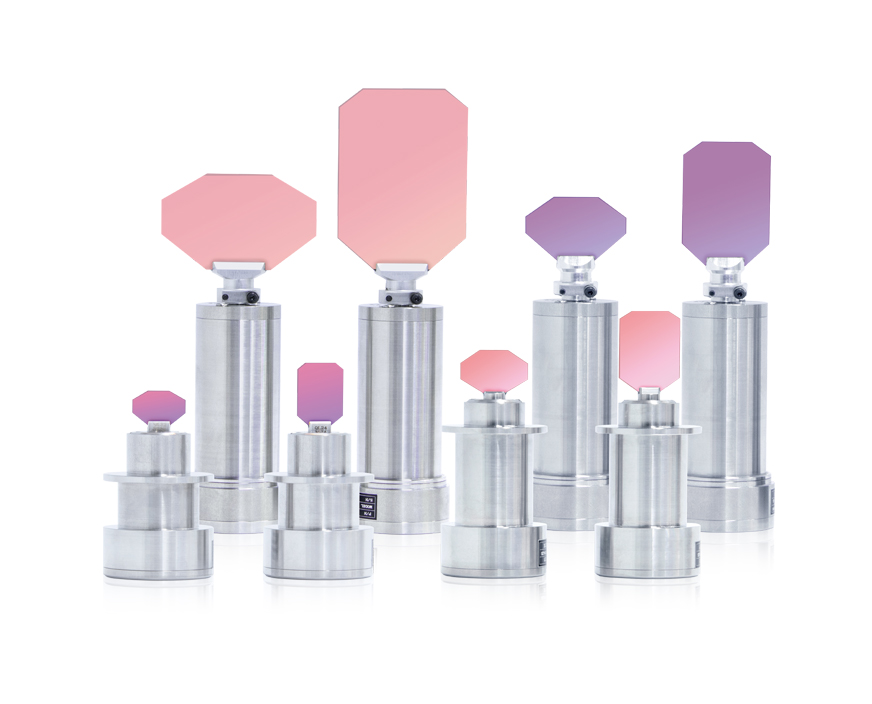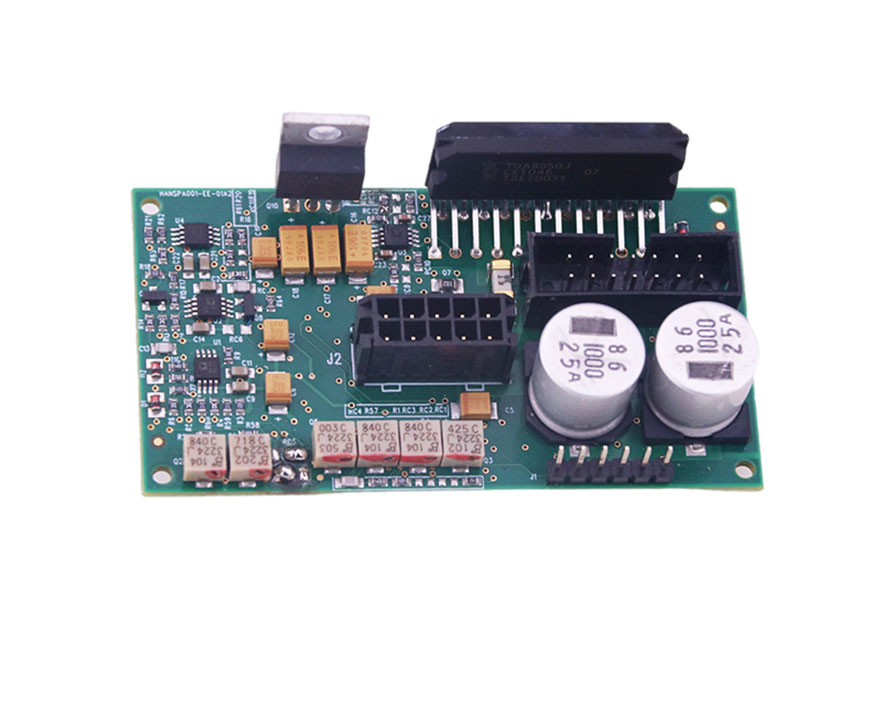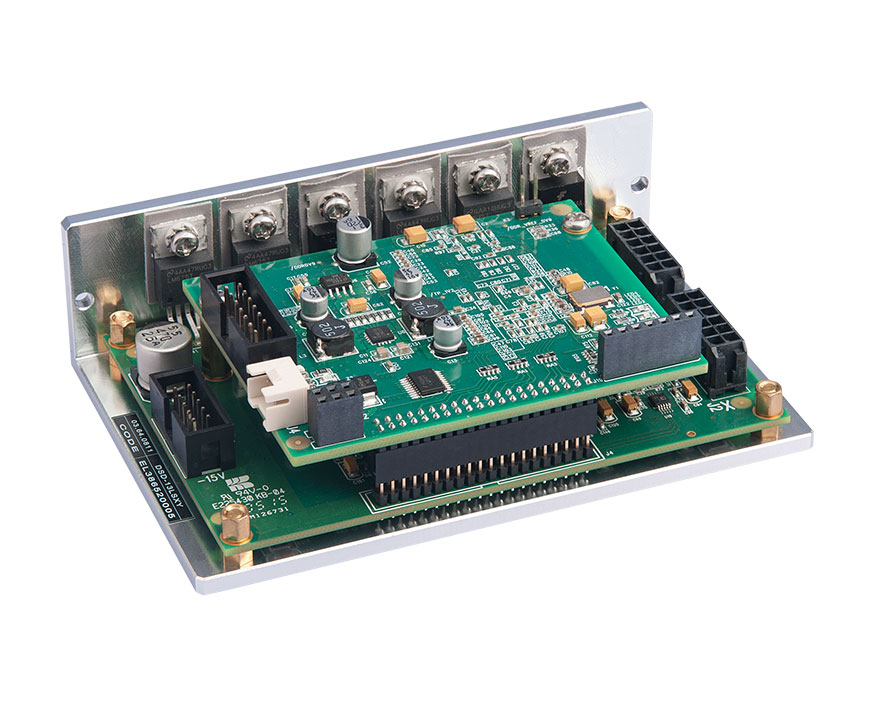




The galvanometer parts of photoelectric analog galvanometer and grating digital galvanometer are similar, the biggest analog and digital system difference is using different encoders. The photoelectric analog galvanometer uses the photoelectric encoder. When the galvanometer drives the baffle to rotate, the area covered by the baffle will change, and the photocurrent generated will also change. Thus the corresponding relation between the photocurrent and the galvanometer deflection Angle is formed. Grating digital galvanometer uses grating encoder. When the galvanometer drives the grating size to rotate, Sin/Cos signals will be generated on the reading head. The phase of Sin/Cos signals are corresponding to the deflection Angle of the galvanometer.
A galvo scanner is a device used to rapidly and precisely move a mirror or other optical elements to control the direction and position of a laser beam. It consists of two small mirrors, often called galvanometer mirrors, which are mounted on torsion hinges. By applying small electrical currents to the galvanometer mirrors, they can be tilted along one or both axes, deflecting the laser beam in different directions.
The galvo scanner works in conjunction with other optical components, such as lenses, to steer the laser beam over a desired area or path. It is commonly used in various applications, including laser marking, laser engraving, laser welding, laser cutting, laser scanning microscopy, and laser light shows.
The speed and accuracy of a galvo scanner make it a crucial component in laser-based systems that require precise control and fast scanning capabilities. By quickly redirecting the laser beam, it allows for the creation of intricate patterns, high-speed marking, and detailed image acquisition. This galvo scan technology is widely used in industries such as manufacturing, biomedical research, entertainment, and more.
A galvanometer scanner operates as a special type of oscillating motor. The basic principle involves an energized coil generating torque within a magnetic field. Unlike traditional rotating electric machines, the rotor in a Galvo motor system is loaded with a reset torque via a mechanical spring or electronic method. When the coil is energized with a specific current, the rotor deflects to a certain angle, balancing the electromagnetic torque with the restoring moment. This deflection is proportional to the current, similar to a galvanometer, hence the name galvanometer scanner.
The operation of a galvanometer laser scanner involves inputting a position signal, causing the Galvo motor to swing to a specific angle based on the voltage-to-angle conversion ratio. The entire process employs closed-loop feedback control, comprising five control circuits: position sensor, error amplifier, power amplifier, position distinguisher, and current integrator.
Analog galvanometer scanners are susceptible to electromagnetic interference, leading to scattered points, curved lines, and irregular shading. In contrast, digital galvanometer scanners convert analog signals into digital signals, effectively suppressing environmental interference.
Whether you need a single-axis galvo scanner laser or a more complex galvanometer mirror scanner, understanding these principles will help you choose the right system for your laser marking machine. Explore the Scanner Optics collection to find the perfect galvo motor system for your needs. We are a professional galvanometer scanner manufacturer in China.
The repair and maintenance of all parts of this scanner head must be performed by Scanner Optics CO., Ltd. Only Scanner Optics CO., Ltd. has the correct test standards and correction system. The mirrors need to be regularly cleaned because the dirty mirrors would absorb the laser energy and interfere with the mirrors. Check the mirrors regularly, if they are dirty clean the laser galvo mirror as follows. Wearing a cotton glove, hold the edge of the mirrors, keep the optical emission surface face up and use clean compressed air to blow the mirrors to remove dust, dirt, etc. For storage, use, and service, please make sure: Storage temperature: -35°C to +60°C , Use temperature: 25°C ±10°C, Avoid damp or corrosion.